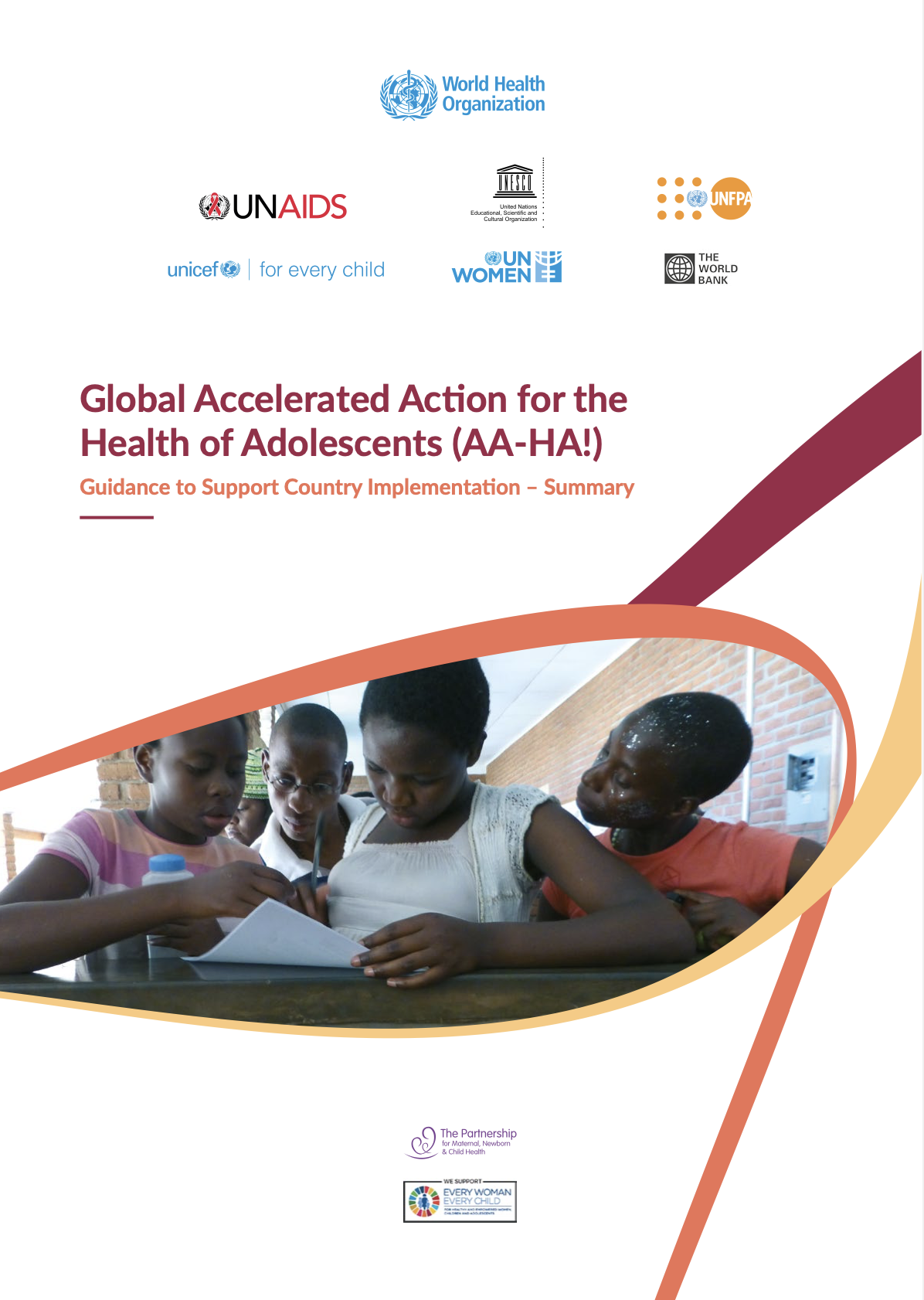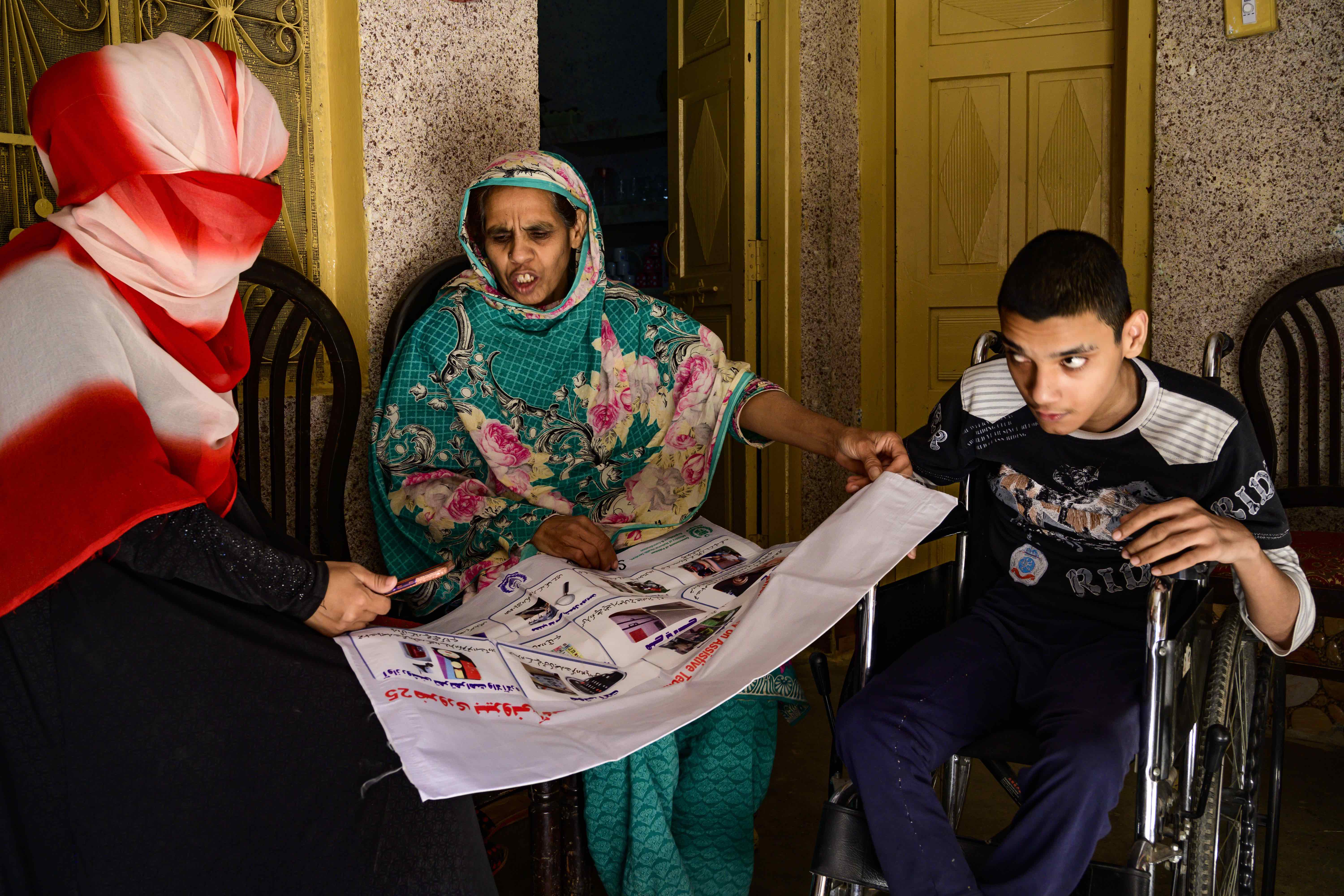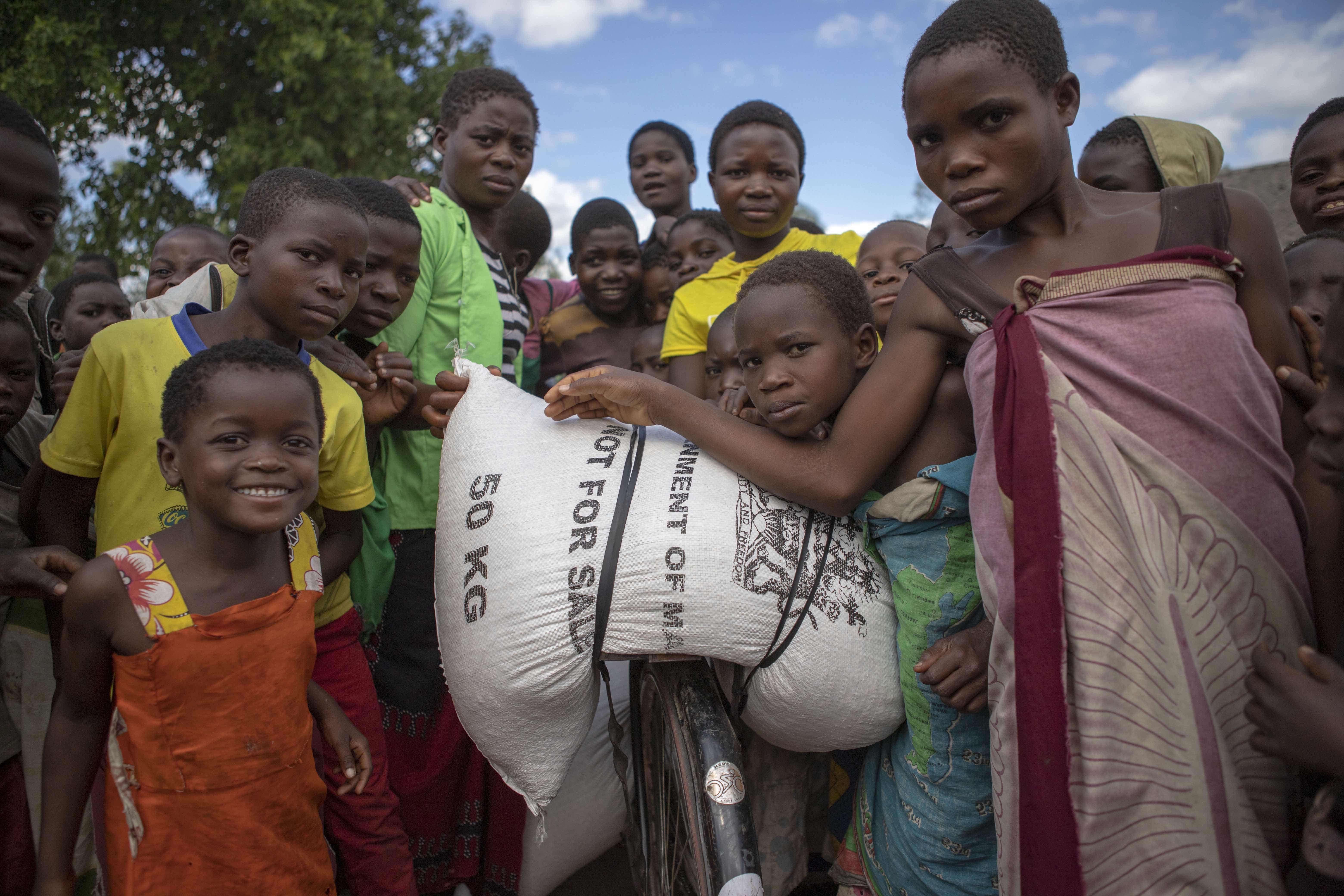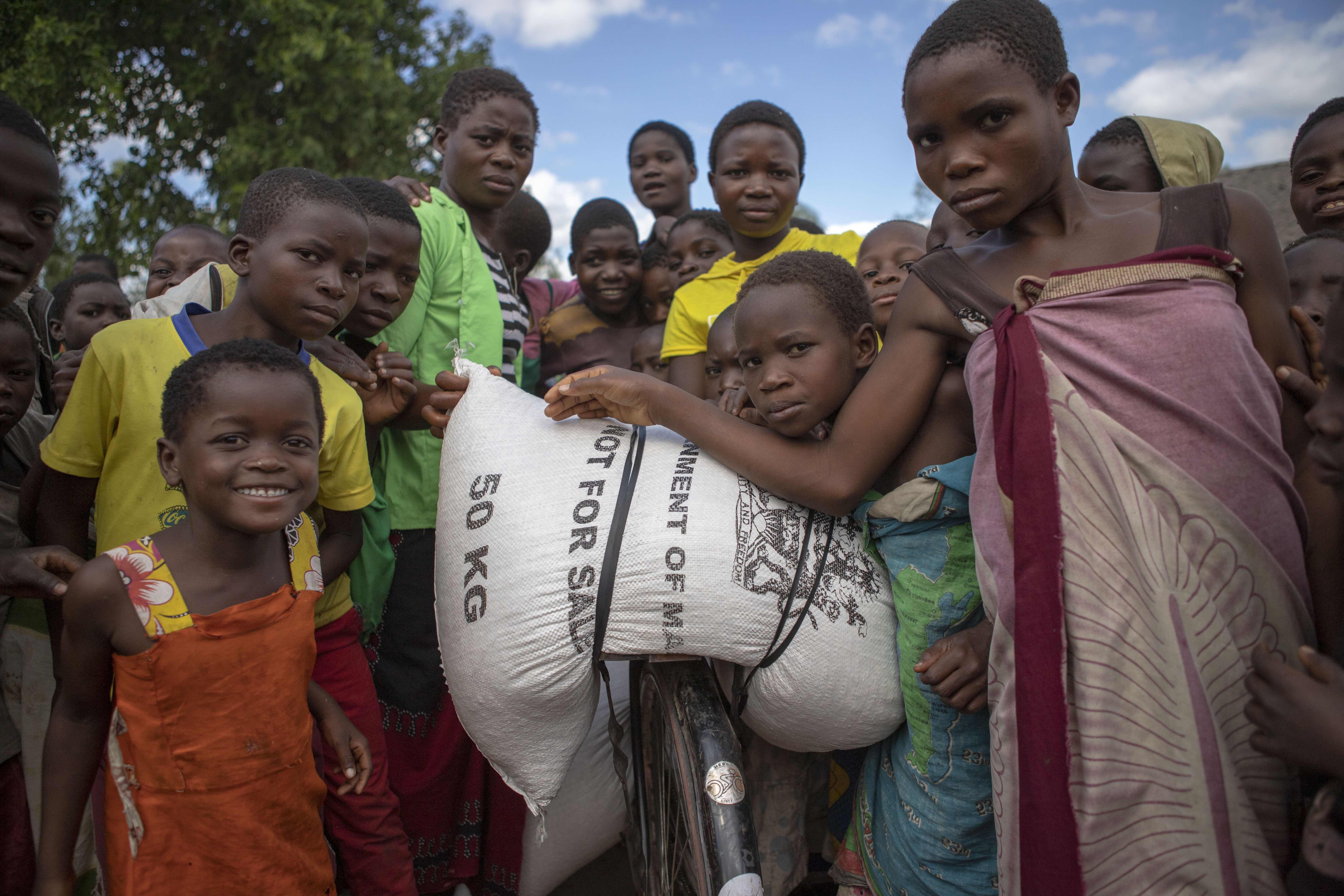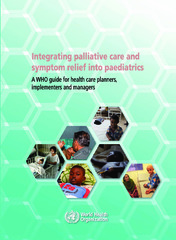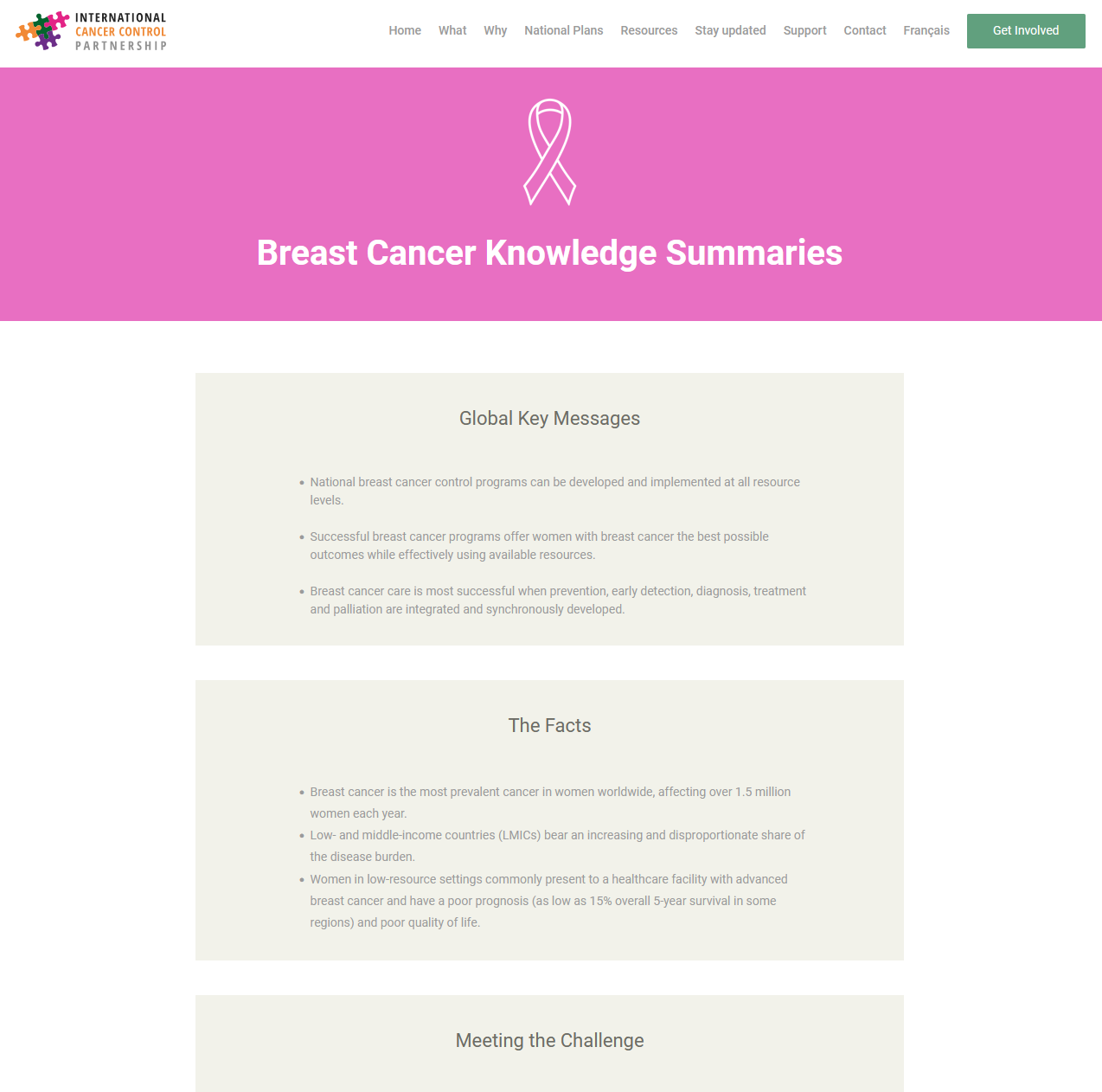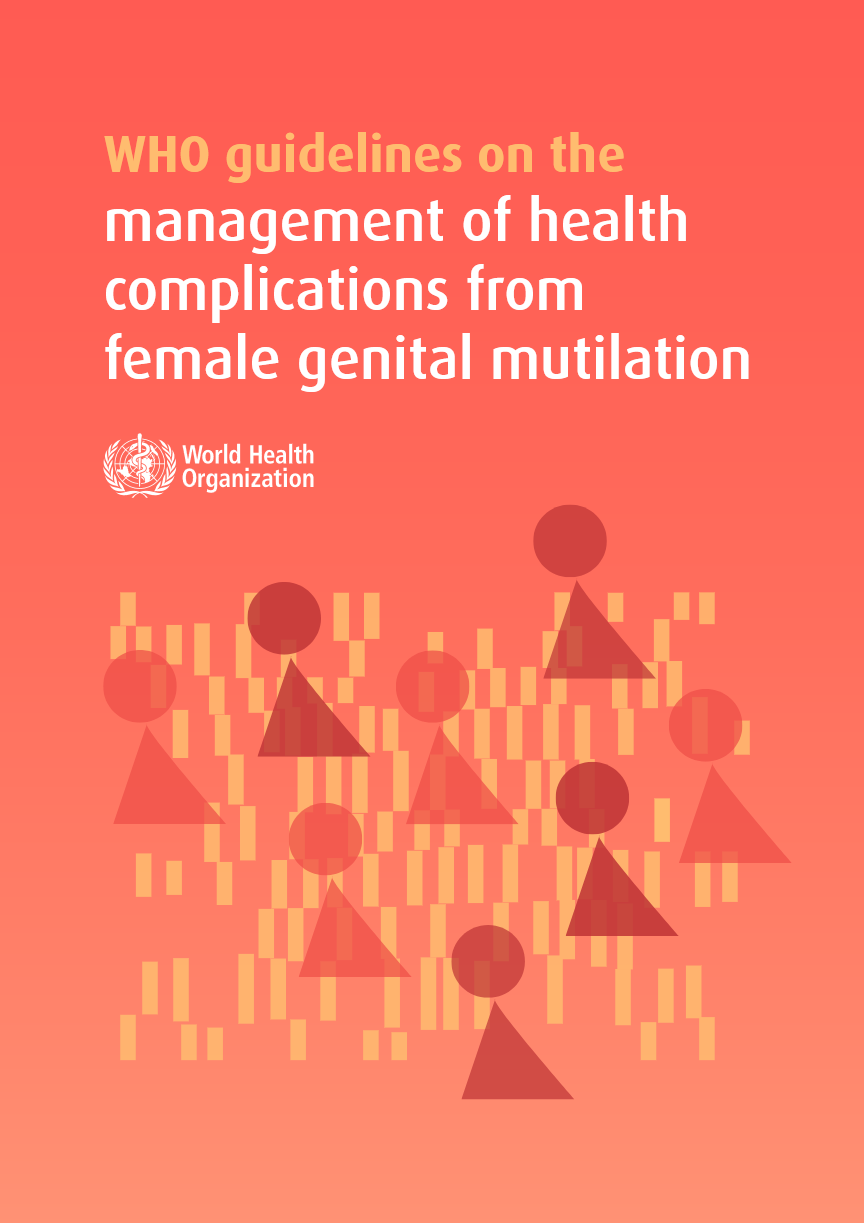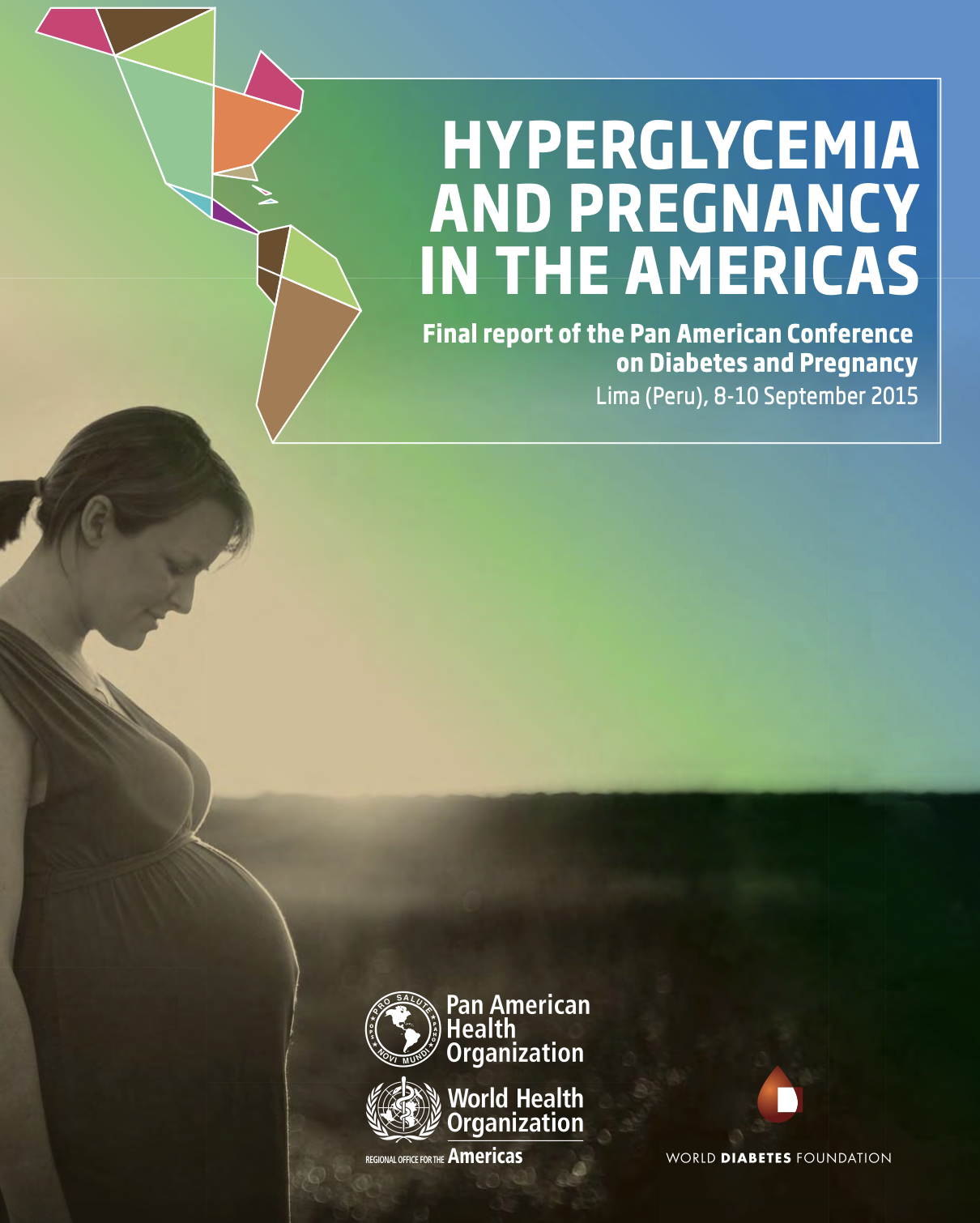World Health Organization
Global Accelerated Action for the Health of Adolescents (AA-HA!) Guidance to Support Country Implementation
Report
17 Oct 2018
Data in the report, Global accelerated action for the health of adolescents (AA-HA!): Guidance to support country implementation, reveal stark differences in causes of death when separating the adolescent group by age (younger adolescents aged 10–1...

